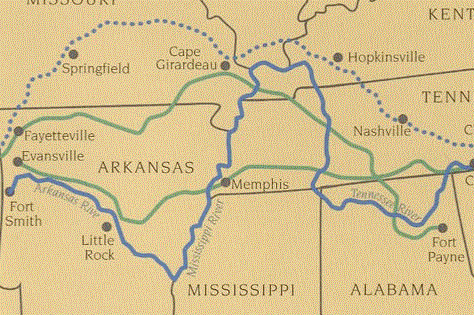Indian Removal Era Begins 1828-1849
1835-1850
Trail of Tears

By 1850, more than 46,000 Native people are removed from their lands and relocated to Indian Territory (now the state of Oklahoma). These include the Choctaw Removals in 1831; Seminole in 1832; Muscogee Creek in 1834, Chickasaw in 1837, and Cherokee in 1838. From 1840 to 1890, numerous other tribes of the Northeast and the Northwest Territory, including the Kickapoo, Miami, Delaware, and Shawnee, are removed into the northern part of “Indian Territory,” present-day Kansas. After the Civil War, Indians in Kansas are moved further south into the part of the Indian Territory that is present-day Oklahoma. Plains tribes, including the Cheyenne, Arapaho, Comanche, Kiowa, and Apache, are concentrated on reservations in the western half of the territory.